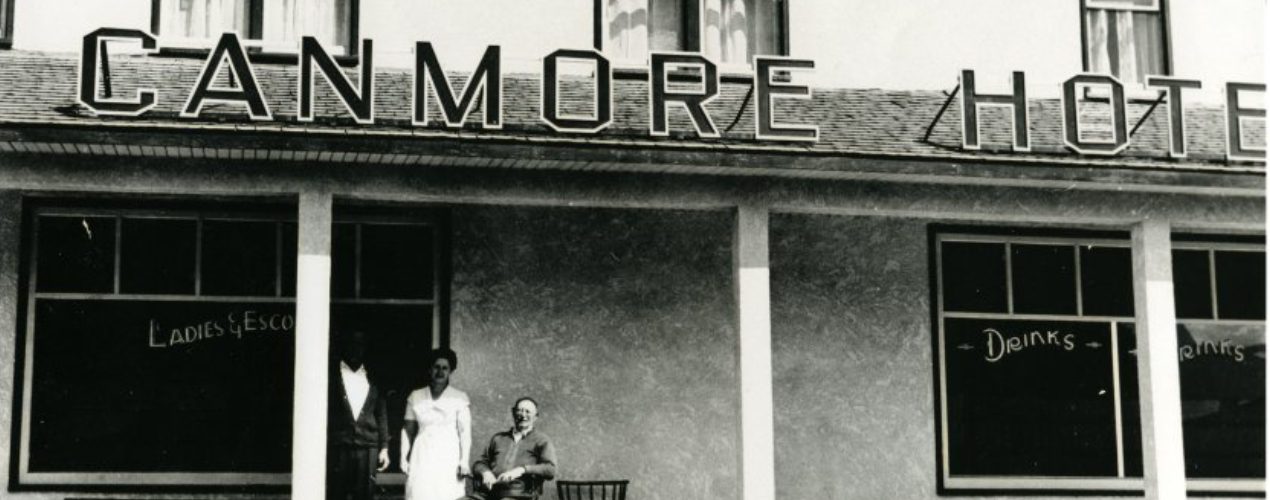Known as Châ Ûpchîchîyen Kudebi by the Stoney Nakoda, Canmore is defined by the rugged Canadian Rocky Mountain landscape that surrounds us and shaped by the culture, language and traditions of those that have called this place home for over 10,000 years.
Canmore and all of the Bow Valley is located on the traditional lands of Indigenous Peoples as referred to in the United Nations Declaration on the Rights of Indigenous Peoples. This relationship to the land is further declared by the National Indian Brotherhood (now Assembly of First Nations), in A Declaration of The First Nations (1981). Historically, there is a long-standing connection to the Bow Valley around Canmore for many Indigenous nations – Stoney Nakoda, Blackfoot, Tsuut’ina, Ktunaxa, Secwépemc, Dene, Mountain Cree, and Métis. We acknowledge that we are on territory known as Treaty 7, which is a treaty signed on behalf of Queen Victoria in 1877, with the Stoney Nakoda (Bearspaw, Chiniki, and Wesley), Blackfoot Confederacy (Kainai, Piikani, and Siksika), and Tsuut’ina Nations.
Canmore’s settlement history stretches back to 1883 when Siding 27 (27th siding West of Medicine Hat) was chosen as a major railway division point and developed with repair and crew change facilities. Locally-mined anthracite coal would soon fuel the CPR’s locomotives, Canmore’s early economy, and the growth of our town. Many structural reminders of Canmore’s early settlement are still found throughout our community today – a testament of their historic value to local residents.
The map below is not an extensive inventory of those places, spaces and landscapes which our community values. If you would like to nominate a site to include, please email us!

